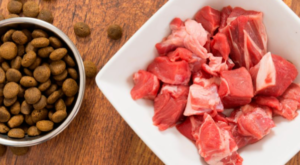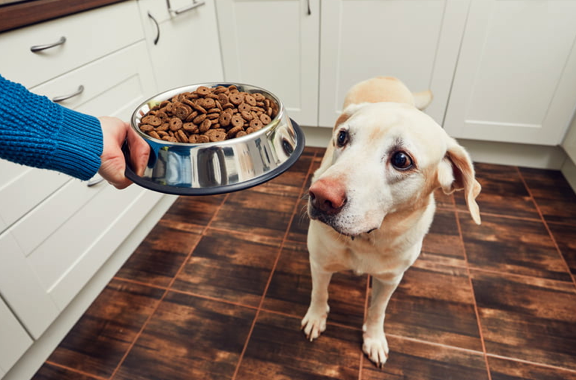Dogs are omnivores and require balanced nutrition. Therefore nutritional balance should serve as a vital indicator when considering the kind of meal that is suitable for your dog.
Also, when it comes to the issue of selecting the right kind of food for your dog, you need to have a basic understanding of how they are classified. This would enable you to understand what you want as well as what’s best for your pet.
There are different dog food brands in the market such as A Pup Above dog food and others but how can you choose a suitable one for your dog? This article contains major things you need to know about the classes of dog food and its effects.
Classes of Dog Food
The classes of dog food are:

1. Home-Prepared Dog Meal
A lot of dog parents prefer to prepare their pet meals themselves using recipes from pet nutritionists. The upside to this category is that they are served fresh and without preservatives. When prepared properly, it provides the proper palatability needed to arouse your dog’s appetite. Therefore, it’s one of the safest dog meals.
The downside of this category is that is usually costly. Also, improvising can result in a lack of vital nutrients in your dog’s meal, leading to complications.
2. Dry Dog Food
This type is very common and could be related to biscuits. It comes in various shapes and sizes and is the cheapest compared to the other categories.
One major advantage of this category is that it is very affordable; you could also compare prices since it’s common, too. The fact that it’s dry helps the storage and makes preservation easier, preventing moth as well as moisture.
Additionally, it is really easy to carry about. And its preparation is easiest as it doesn’t require extra preparation processes. It mostly contains all the major nutrients needed.
Looking at the disadvantage, it is not 100% secure. This is because the ingredients in the pack are already mixed. This, you cannot confirm which ingredient used is ok and which is not needed. Dogs need as much protein in their meals and one thing you won’t find in the right quantity here is protein.
Dry food contains a high percentage of carbon. Though most expensive brands contain about 40% protein, we can’t still compare this protein content to that of homemade meals. Therefore, before purchasing, you might want to check the ingredients contained and crosscheck with your pet’s preferences.
Also, ask questions whenever you are confused. You could check https://www.petfoodinstitute.org/the-whole-bowl/z-pet-food-4-things-know-dry-pet-food/ to find more useful information on dry dog food.
3. Canned Food
This category is as common as dry foods. The advantage is that it is fresh and more palatable compared to dry foods. Also, it has a better smell and taste. It has a lower percentage of water and carbon and relatively better protein content. This doesn’t require extra preparatory steps; therefore, you can serve it easily. In terms of weight, it’s heavier compared to dry ones.
The major downside of this category is that you can’t easily verify the source of the meat. Thus, it is very important to purchase products from more verified brands. Or you can make extra research on the product manufacturer as well as their authenticity. Also, canned food contains high-level fat that could lead to excessive weight gain.
4. Dried Food (Air Dry)
Apart from the fact that dogs might face digestion issues with this kind of meal, it mostly contains enough rich nutrients. The benefits include fresh taste and hardness. The manufacturing involves less processing, so it still retains its nutrients. However, this kind is relatively expensive.
5. Frozen Food
This kind retains its original freshness, taste, and nutrients. The good thing about this is the fact that it went through less processing, thus, retaining much of its original nutrients. It is generally light in terms of weight and it is palatable.
However, lyophilized (freeze-dried) food is usually very expensive. Asides from that, you might also want to take into consideration the nutritional contents as most of them contain just meat.
Before serving the meal, ensure you add blisters to avoid metabolic complications. You may want to read this article to learn more about metabolic conditions in dogs.
Conclusion
Generally, there are five major classifications of dog meals. You have to consider what works for your dog before deciding which one to buy. So, take time to read through the pros and cons of each category discussed in this article.
Love our content? Share it with a friend or link it to social media. Like short clips of cute household pets? Training tips? Follow us on instagram @nydognanny or on YouTube at nydognanny. Have some news you needs to get to dog and cat parents stat? Email info@newyorkdognanny.com with your article pitch.



